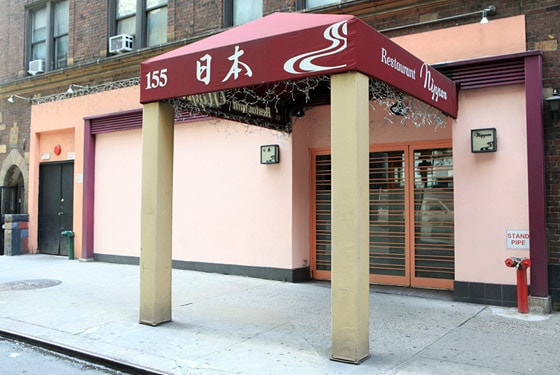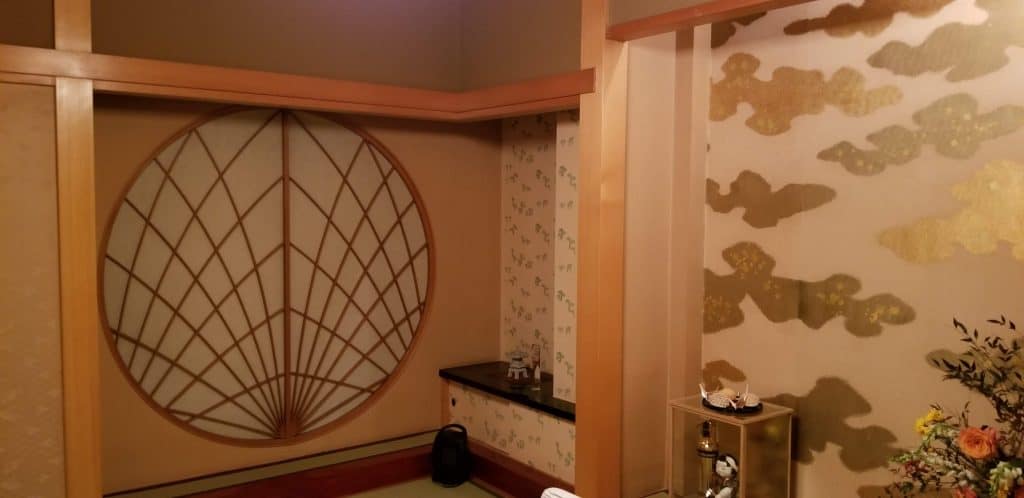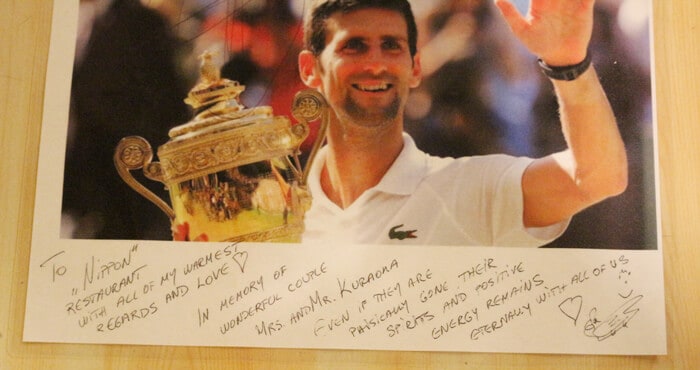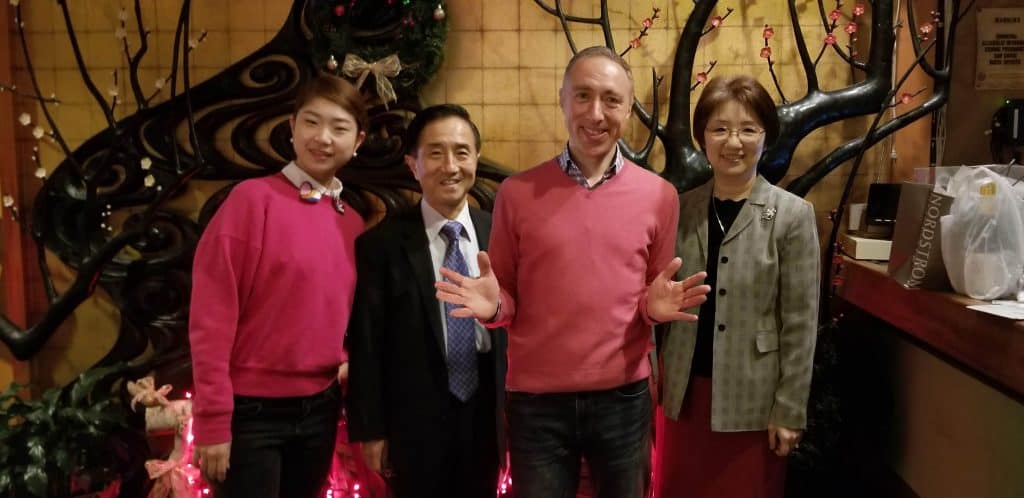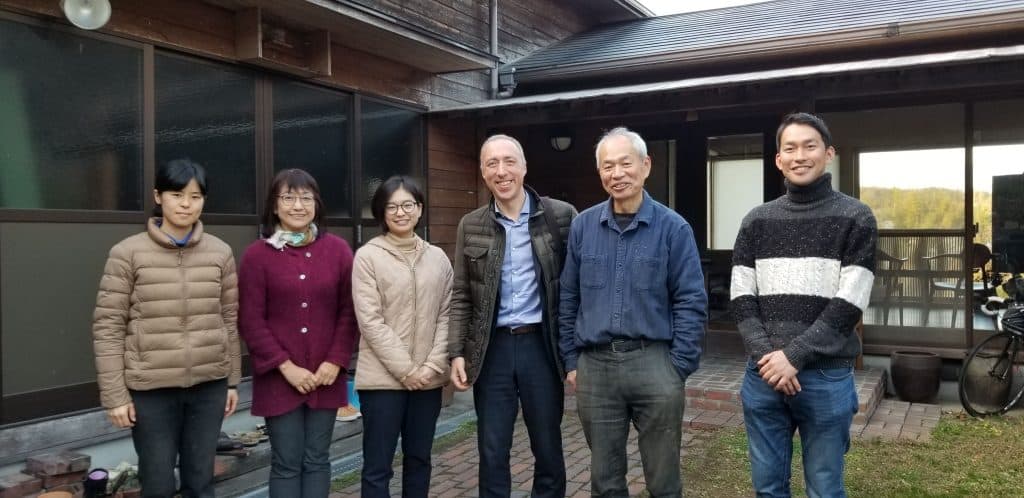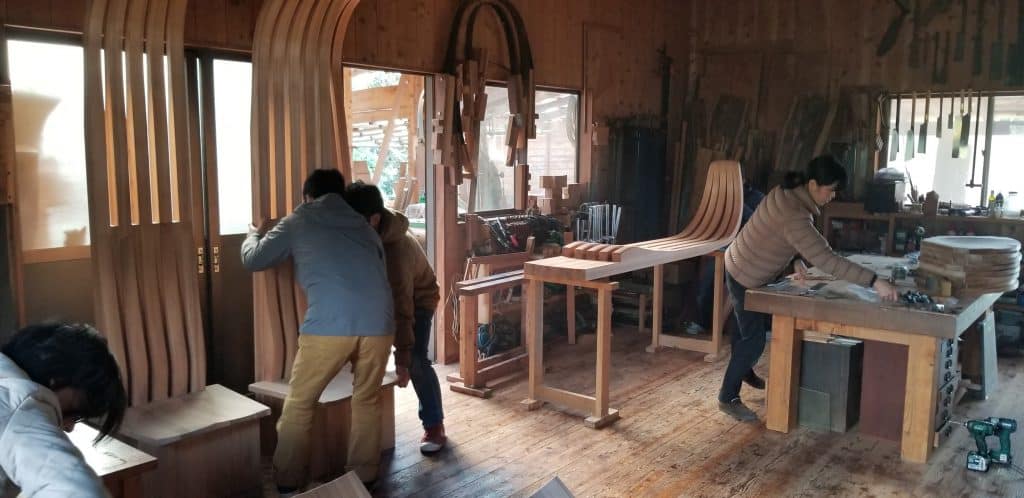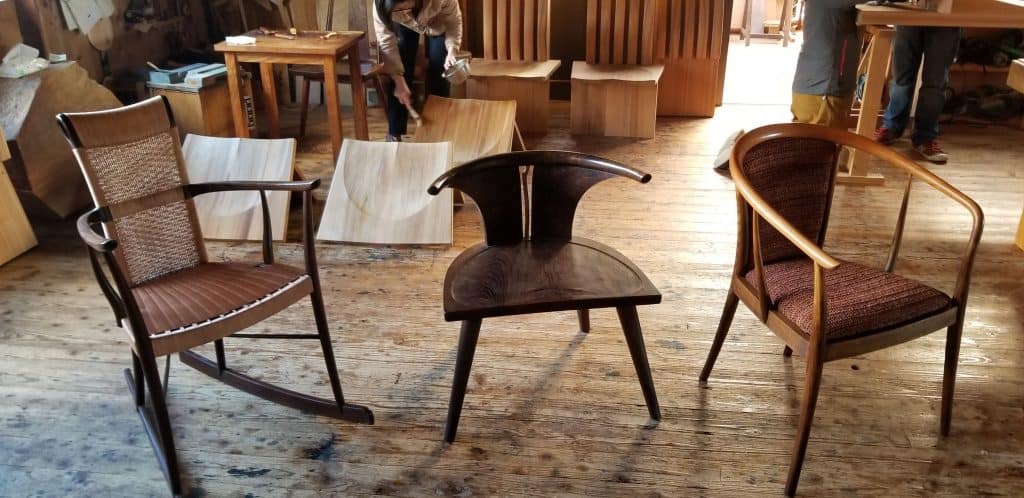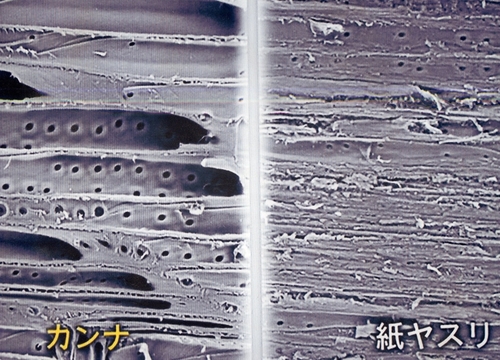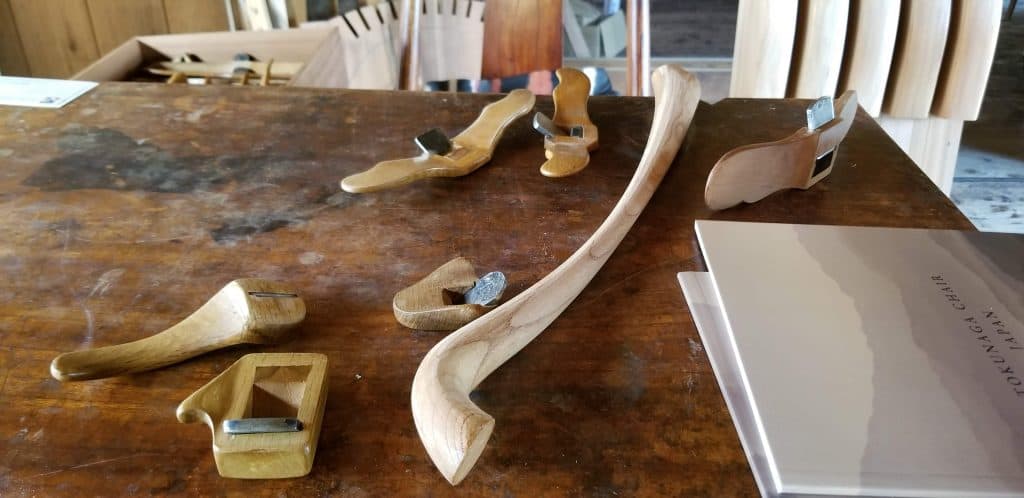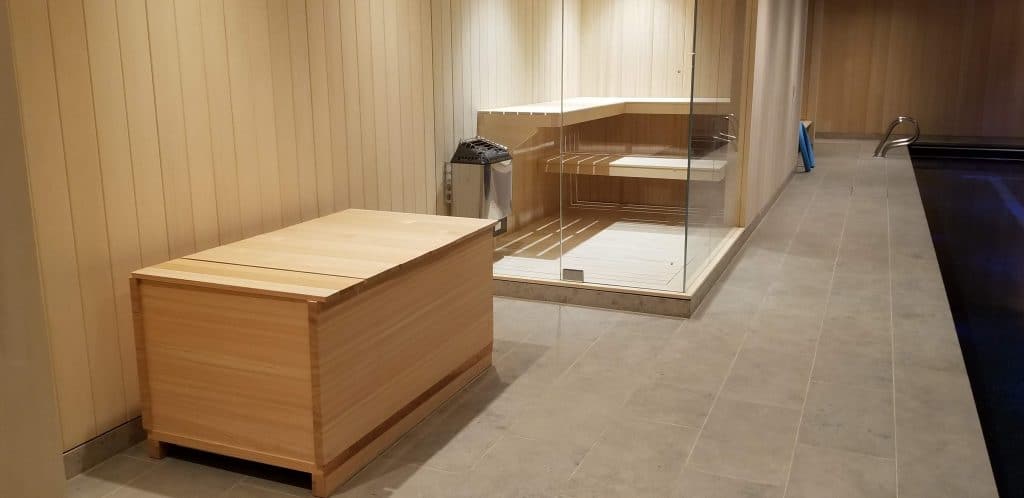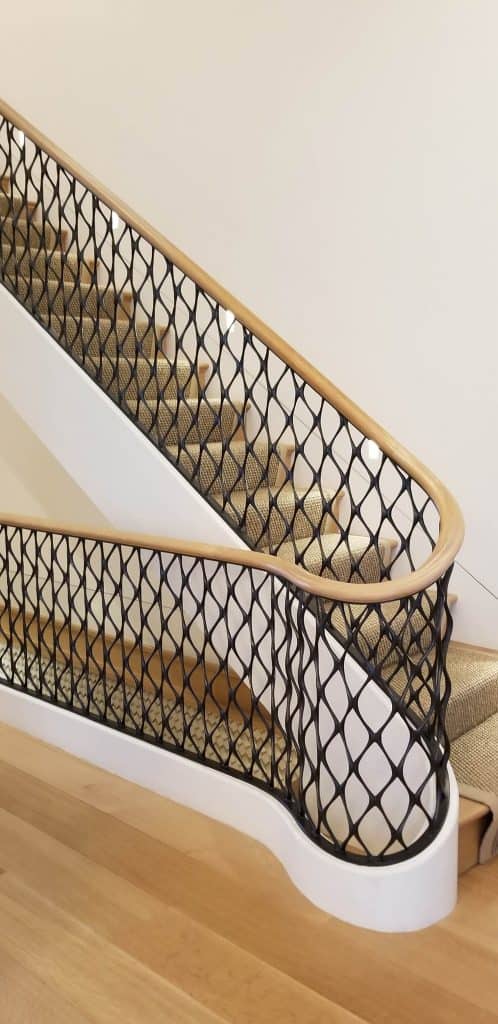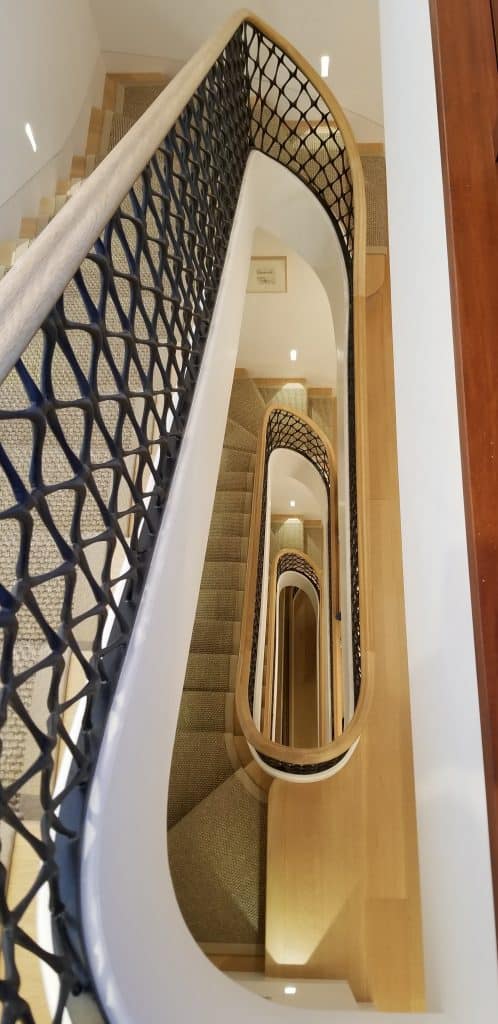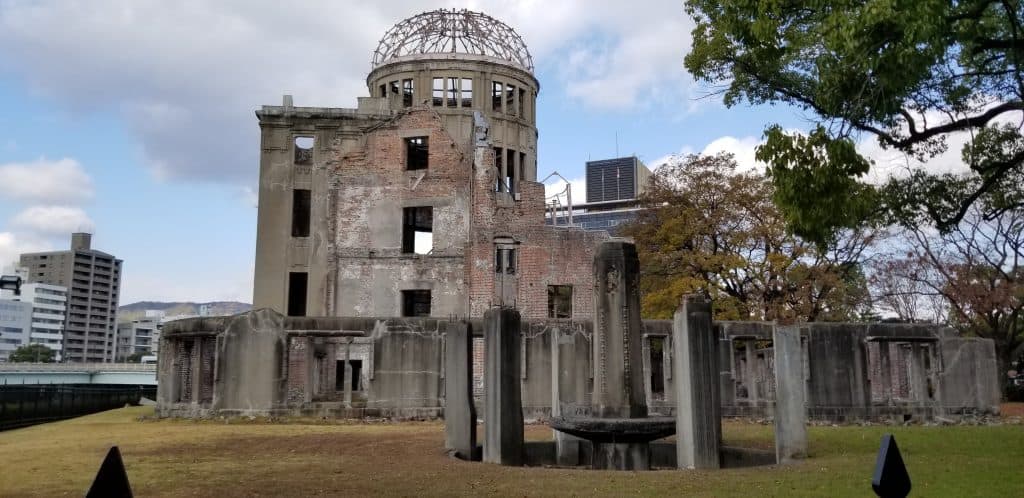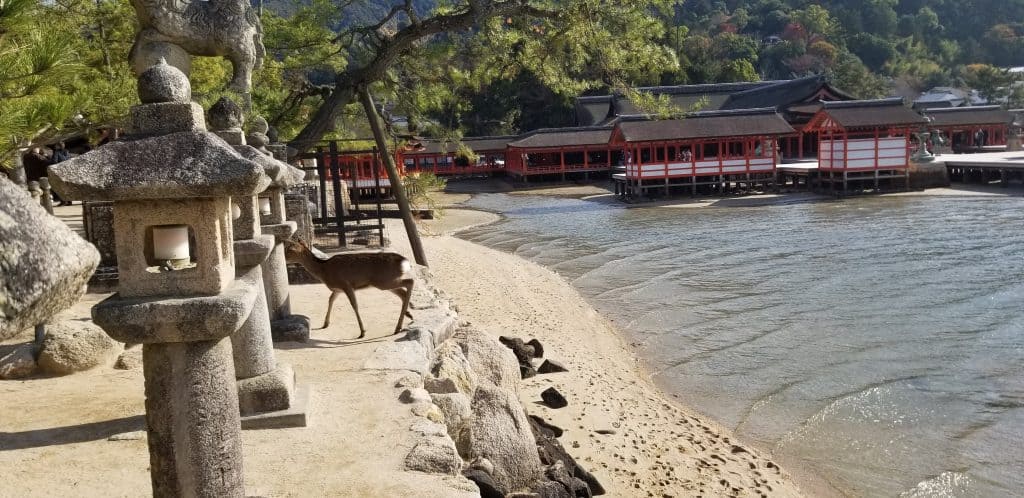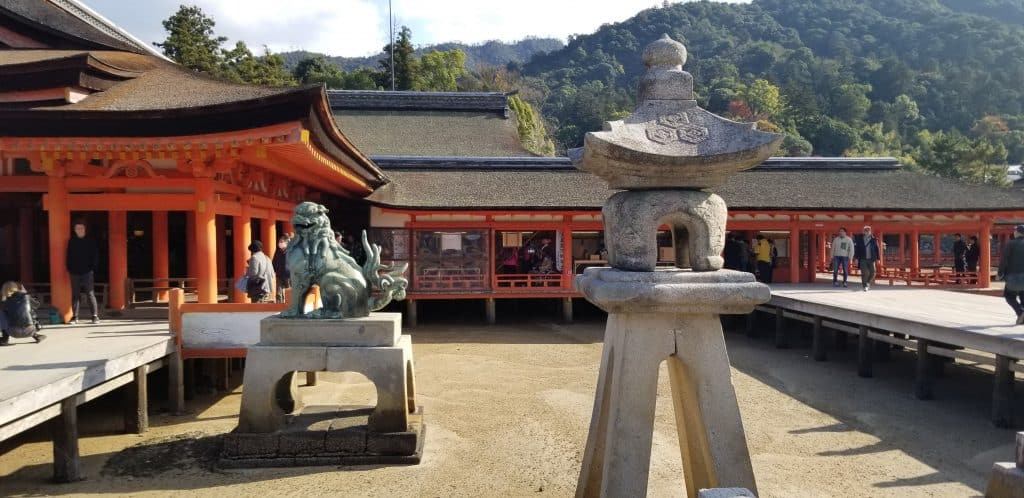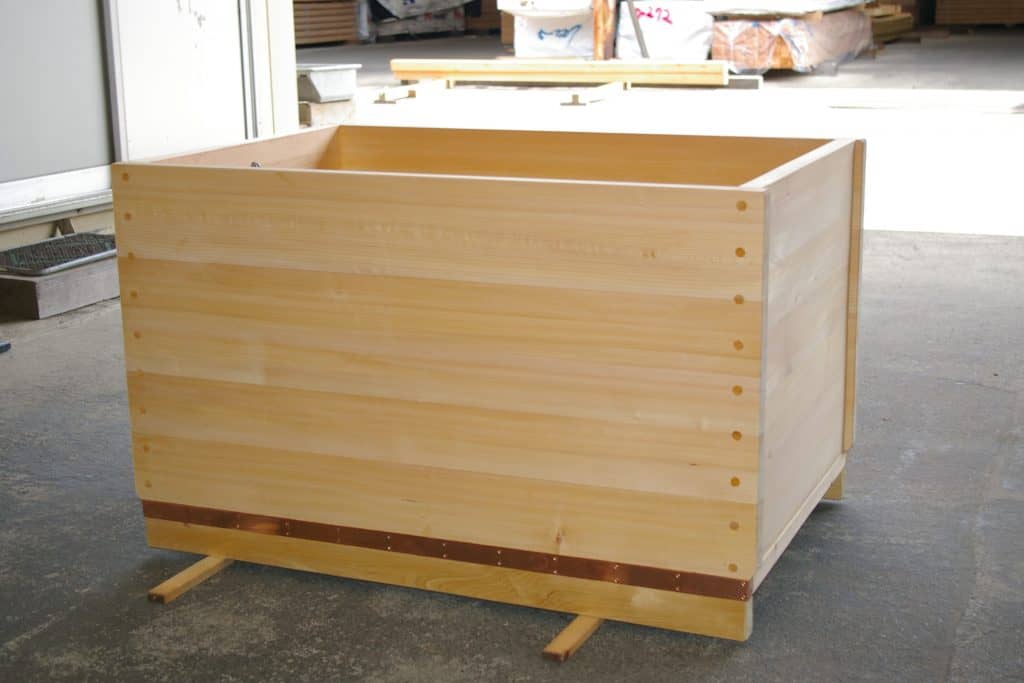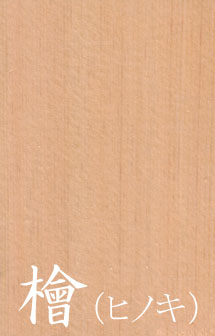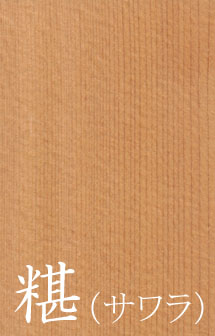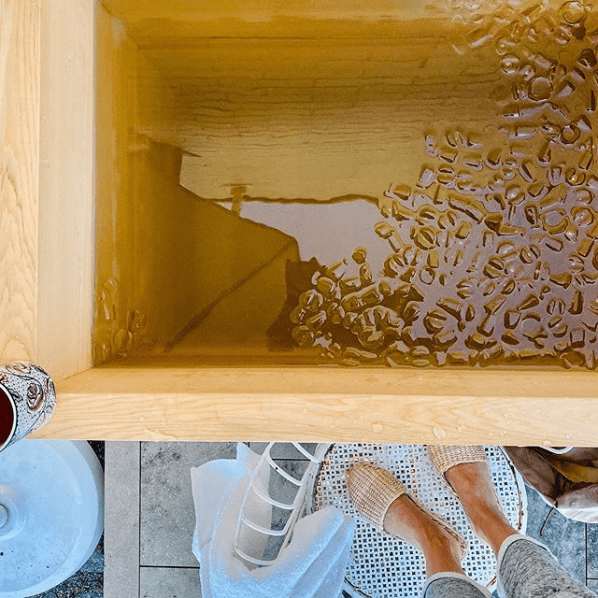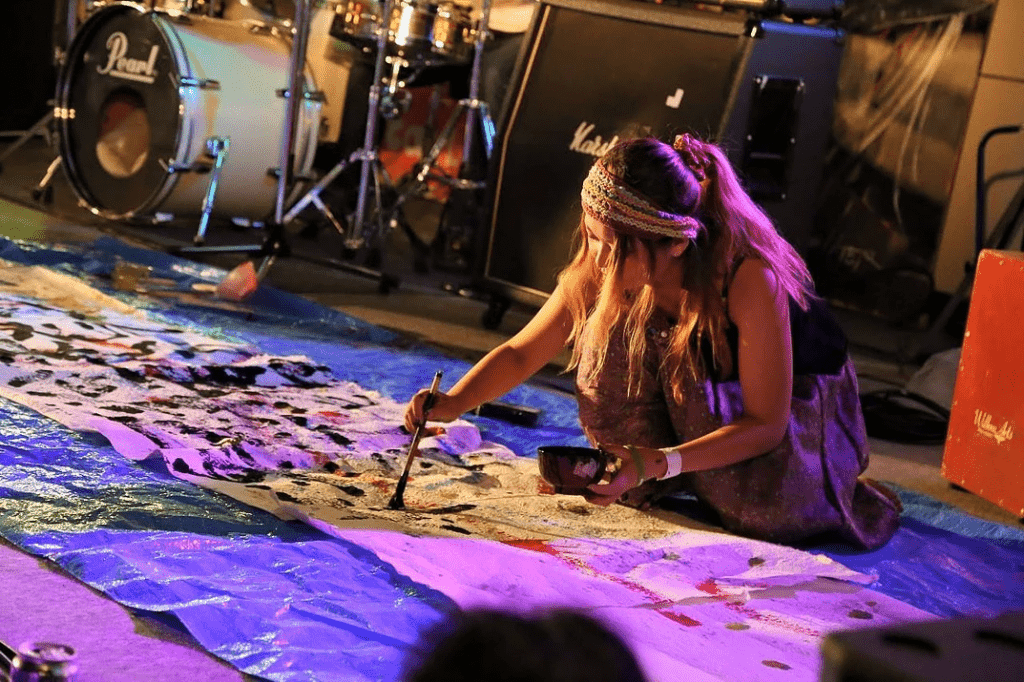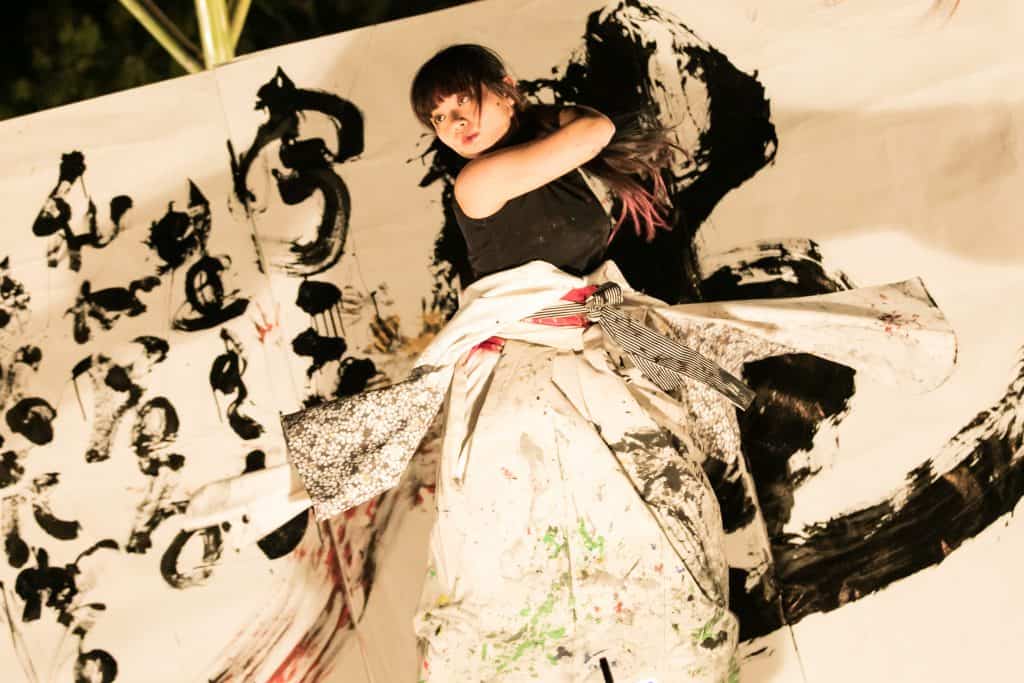happy 2020!
Japan is nicknamed as the “land of the rising sun” but not everybody knows that New Zealand actually enters the new year one hour earlier than Japan.
Nevertheless, considering the landscape, the culture, the personality of the Japanese, I think that there could be no better nickname!
In Japan it is custom to spend the last evening of the year laid-back at home and get up early to climb on high ground to contemplate the first sunrise of the year.
This year I was in Shikoku, on Inoyama – also known as Sanuki Fuji for its beautiful perfect conic shape – near Zentsuji in Kagawa prefecture. The sky was clear and the angle was unobstructed. The sun is popping out as an egg yolk being tossed out from the belly of the mountain.
I can understand the sense of surprise and reverence that pre-blue-screen generations may have felt everyday contemplating the most important daily event on earth: the rise of the sun.
Even if it is only once a year, assisting to this extraordinary miracle always has a powerful effect of filling up my energy cells while grounding all the negative stress. I do not know if I can call it a mindfulness experience but I am a big fan of the “hatsuhinode”: the 1/1 sunrise watching.
Of course one could do it 365 times in a year (366 times in 2020!) but nothing compares to enjoy it from a place like this, with the mindset of january 1st, feeling the warmth of the first rays shaking the winter night.
I wanted to share with you this moment with the auspice that 2020 can be a shining year for you: bringing happiness, health, and prosperity!!
2020 is also the year of the Olympic games and I am sure you will feel closer to Japan than ever. If you want to celebrate the games with a bottle of sake, do not forget to dress it properly with our “kimono bottle covers”.
New colors, new package. Check the shop here-> https://bartokdesign.com/product/kimono-bottle-covers
